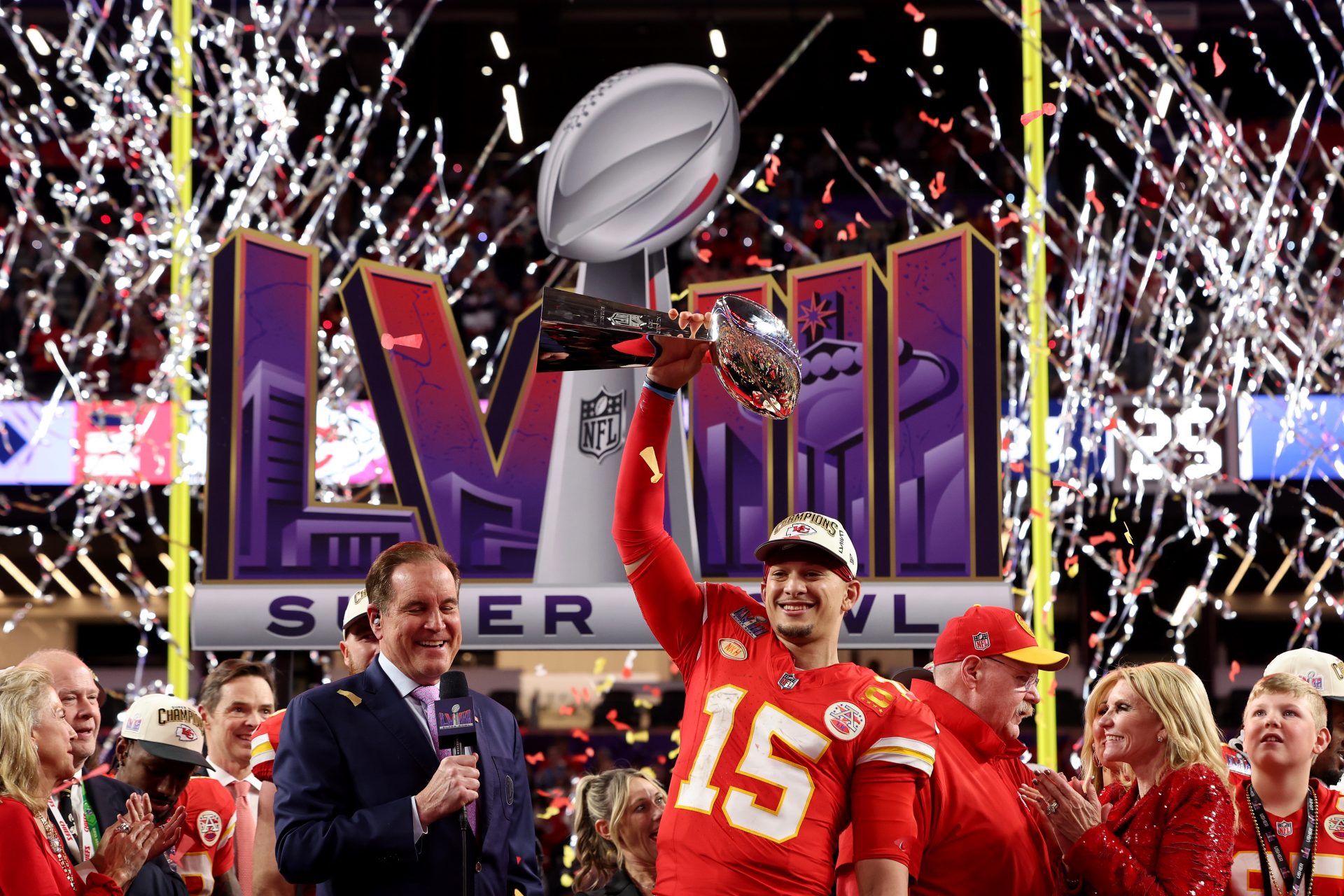Is climate change affecting MLB's home run statistics?
Conventional wisdom would lead a baseball fan to believe that the only two factors that have control over whether a ball leaves the yard is a hitter and a pitcher. While that would make sense, there’s been a growing sentiment that the weather can aid in keeping a ball in the field of play or help make the bid for a home run much more likely.
There are always teams that qualify in for the MLB postseason that play in cities that experience a noticeable temperature drop come October. The hitters seem to look the most uncomfortable at the plate, as they’re bundled up as they attempt to deal with the filthy pitches coming their way. It just feels like a slugfest isn’t going to be in the cards in this type of setting.
According to various outlets, a baseball is not as pliable or flexible in colder weather, which makes it much more difficult for a hitter to drive the ball out of the park unless they really crush it. When it is more malleable in warmer weather, it can absorb the energy transfer it receives from the bat when it makes contact.
Since they entered MLB in 1993, the Colorado Rockies have played in Denver venues that have been known to see spikes in home runs by the home team and road team. It can be pretty chilly in Colorado early and later on in the season, but the Rockies play at a higher altitude than any other major league team. The air is thinner at that height, which means baseballs don’t face much resistance.
It’s a topic that goes far beyond the world of sports, but many people across the world have certainly noticed that the weather of their hometown has changed in their lifetime. There tend to be a lot more warm days than there ever have been before. Sources say Earth’s temperature has risen an average of 0.14 degrees Fahrenheit or 0.08 degrees Celsius every decade since 1880.
The 25 highest aggregate total of home runs that have been hit in MLB have all taken place in the last 30 years. The highest number of bombs ever hit in a season came in 2019, where 6,776 pitches were taken deep. Five out of the six highest totals ever took place in the last seven years, which means were are certainly living through an age of power at the plate.
While there is certainly evidence to support the notion that a warmer climate is leading to more home runs, one might point to other factors that correlate to a spike in these numbers. It’s not something MLB loves to talk about, but there was no formal steroid testing policy for many years, which likely led to a ton of home runs being hit in the late 1990’s and early 2000’s.
Old time baseball fans lament the way the game is being played today, which is primarily predicated on hitting the ball with power. There aren’t as many teams who play small ball, which focuses on getting base hits and stealing bases. Manufacturing a run patiently is not something that takes place, which is a drastic stylistic change from prior eras.
More for you
Top Stories





















